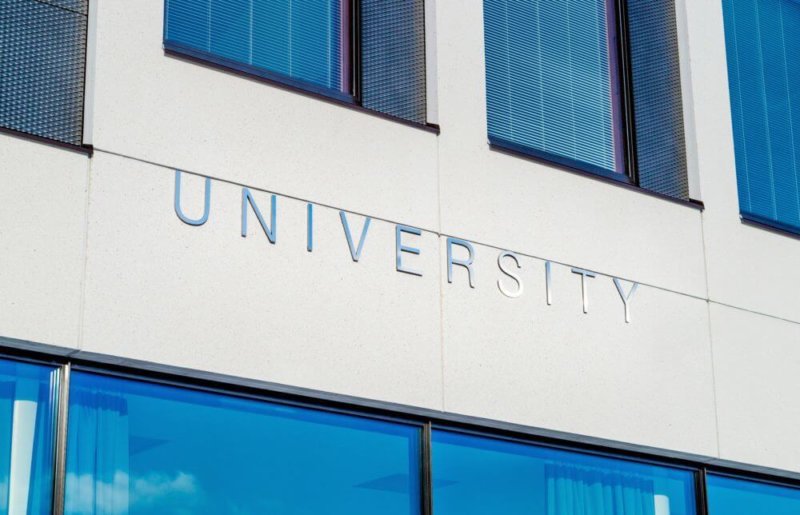There’s more to college rankings than meets the eye
Buying a house and paying for college are two of the biggest expenses for families. To help people decide, there are various rankings; however, each list typically focuses on different criteria. For example, in choosing a home for best places to live, some rankings highlight jobs, while others emphasize healthy living. Similarly, college rankings prioritize distinct variables. Each list’s calculations include different evaluative criteria and weighting of factors for families to analyze depending on preferences.
 Rankings can be an important consideration in forming a student’s college list. Last month, three publications published their rankings based on data from this year’s current freshman class. Each has a different methodology in calculating their top colleges: U.S. News Best College Rankings 2022; Wall Street Journal/Times Higher Education College Rankings 2021 (WSJ/THE); and Forbes Top Colleges 2021. Being aware of each ranking’s different variables is important in understanding the uniqueness of each publication.
Rankings can be an important consideration in forming a student’s college list. Last month, three publications published their rankings based on data from this year’s current freshman class. Each has a different methodology in calculating their top colleges: U.S. News Best College Rankings 2022; Wall Street Journal/Times Higher Education College Rankings 2021 (WSJ/THE); and Forbes Top Colleges 2021. Being aware of each ranking’s different variables is important in understanding the uniqueness of each publication.
This article illustrates the college rankings of three local schools, highlighting the University of Vermont (public university), Dartmouth College (private university) and Middlebury College (liberal arts college), and showing the differences. Families should review college rankings with an eye toward the priorities that are most relevant to each student’s goals.
First, U.S. News is one of the most popular college rankings. It is the only publication that separates national universities and liberal arts colleges, each with their own ranking. For ranking the local three schools, UVM is 117, Dartmouth is 13, and Middlebury is nine.
U.S. News is best for focusing on the college reputation and student experience in giving these criteria a 60 percent weighting. The largest contribution of 40 percent is divided equally between Faculty Resources and Expert Opinion, comprised of top administration, faculty and student feedback. The remaining 20 percent includes: Financial Resources, detailing the average spending per student (10 percent); Student Excellence, including admissions criteria of standardized test scores and high school GPA (7 percent); and Alumni Donations, highlighting loyalty (3 percent).
The final 40 percent calculates Outcomes to include: graduation/retention rate (22 percent); graduate rate performance (8 percent); social mobility (5 percent); and graduate indebtedness (5 percent). The report focuses on degree completion as essential to optimize employment opportunities and graduate studies.
Another publication is the WSJ/THE, combining national universities and liberal arts colleges. For the three local schools’ rankings, UVM is 299, Dartmouth is 13, and Middlebury is 40. The ranking includes 15 factors across four categories: Student Outcomes (40 percent), Academic Resources (30 percent), Student Engagement (20 percent), and Learning Environment (10 percent).
The WSJ/THE list’s primary emphasis of 40 percent is monetary Outcomes focusing on return on investment (earnings after graduation). Data is compiled from government sources including the College Scorecard, created during the Obama administration. It compares the costs and value of higher education in five areas: cost, graduation rate, employment rate, average amount borrowed, and loan default rate.
The next largest factor is Student Resources, including teaching expenses, student-faculty ratio, and faculty publications (30 percent). The remaining variables are Student Engagement, aggregated from student surveys (20 percent) and Learning Environment, calculating the percentage of student and faculty diversity, need-based financial aid, and international students (10 percent).
Finally, the Forbes list also combines national universities and liberal arts colleges. With the three local schools’ rankings, UVM is 164, Dartmouth is 11, and Middlebury is 44. There are seven weighted criteria: Alumni Salary (20 percent); Debt (15 percent); Return on Investment (15 percent); Graduation Rate (15 percent); Forbes American Leaders List (15 percent); Retention Rate (10 percent); and Academic Success (10 percent).
The Forbes methodology puts more weight on the College Scorecard data in calculating Outcomes. It tracks college graduates’ earnings using IRS data (for those receiving financial aid) and the average number of years to pay college costs, including loan defaults.
Overall, in comparing the three ranking publications, there is not a set definition for each variable and weighted contribution; it can be like comparing apples to oranges. Thus, it is even more important for every family to review the elements of each list and prioritize the criteria most essential for the student’s desired college experience (current and future).
Attending college is like finding your new home away from home. College rankings provide numerical guidance but are just one piece of the application puzzle. They never fully capture the campus vibe that creates a personal face, bringing context to the rankings. Depending on the student’s unique priorities, various rankings show that one size does not fit all.
Margo Bartsch founded College Essay Coach, a full-service college admission business, and has been an adjunct professor in business at Champlain College and at Middlebury College.
Related Stories
Popular Stories
If you enjoy The Charlotte News, please consider making a donation. Your gift will help us produce more stories like this. The majority of our budget comes from charitable contributions. Your gift helps sustain The Charlotte News, keeping it a free service for everyone in town. Thank you.
Andrew Zehner, Board Chair








